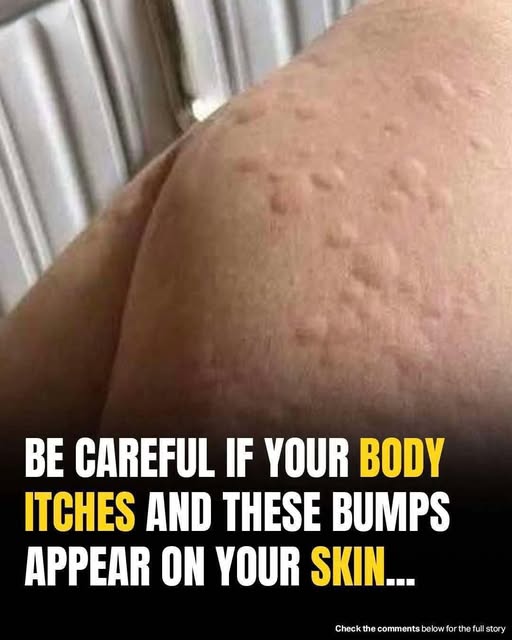
Urticaria, better known as hives, is a common skin condition that affects about 1 in 5 people at some point in their lives. It shows up as intensely itchy, raised patches on the skin called weals — which can be round, ring-shaped, or even join together. These patches often flare up after scratching and can appear anywhere on the body.
So, what’s behind these pesky bumps? It all starts when your body’s mast cells release histamine and other chemicals into the bloodstream. This causes tiny blood vessels (capillaries) to leak fluid, resulting in the raised, red welts you see. While these hives typically fade within 24 hours, the root cause can linger much longer.
Often linked with hives is angio-oedema — swelling beneath the skin that usually affects softer areas like your lips, eyelids, or the inside of your mouth. Unlike hives, this swelling can be painful and stick around longer. If angio-oedema happens without hives, it could be a sign of hereditary angio-oedema, a distinct condition needing special tests and treatment.
Urticaria comes in three types, classified by how long they last and what sets them off:
- Acute Urticaria: Lasts less than six weeks and usually has a clear trigger.
- Chronic Urticaria: Persists for more than six weeks, often without an obvious cause.
- Physical Urticaria: Caused by external factors like scratching, cold, pressure, sunlight, or heat.
Common triggers include allergies, infections, and even emotional stress.
While many hives clear up on their own, stubborn or severe cases might need help from antihistamines, steroid tablets, or soothing menthol creams to calm the itch and inflammation.